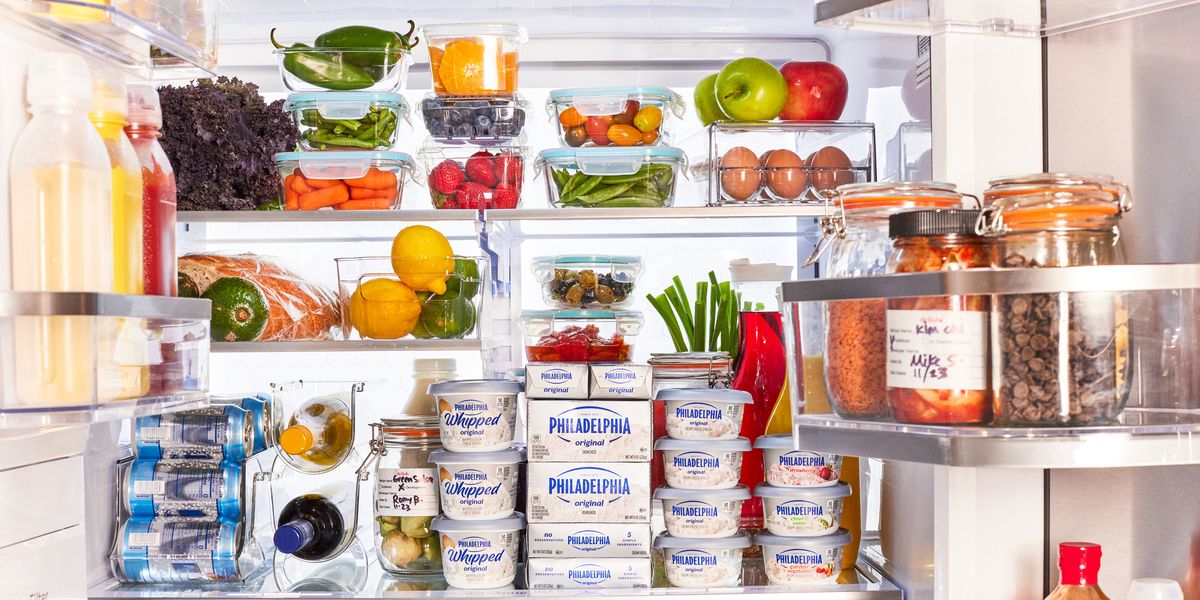
Having an unorganized refrigerator is basically like throwing money away. It can lead to frustration and confusion at mealtime, causing you to grab a half-eaten bag of bagel chips instead of the awesome leftover Jalapeño-Popper Chicken Chili you made with Philadelphia Cream Cheese the night before. So instead of putting every item in your fridge through the dreaded “sniff test,” whip things into shape with these organization tips and tricks—straight from the Delish Kitchen Studios.
Out of Sight, Out of Mind
This phrase isn’t just about forgetting an ex; it also applies to your crisper bin that’s full of limp vegetables and moldy fruits. Forgotten produce is the most common source of household food waste. Our solution: Store things in clear bins and reusable bags, so we can always easily see what we have. Sure, crisper bins are often clear—but they’re also at the very bottom of the fridge, well outside sight lines. Clear bins placed close to eye level allow us to see where things are and easily grab them.
Set Them Free
Keeping things in their original packaging can lead to clutter and confusion, so we like to remove items from it and store them in clear containers. Since we’re aiming to have everything ready to use at a moment’s notice (working in a test kitchen requires lots of creativity and improvisation, after all), for our produce this is a normal part of the storage process anyway: We wash and dry fruits and vegetables as soon as they arrive, and keep fragile herbs in enclosed containers to protect them and keep them camera-ready.
In FIFO We Trust
Any test kitchen goes through a lot of perishable items. To ensure everyone knows when each item is about to go bad, we employ a restaurant technique that guarantees we’re using fresh ingredients and minimizing waste. It’s called “FIFO,” which stands for “first in, first out.”
The key to the FIFO process comes when you’re putting groceries away. It’s often tempting to load the front of the fridge with all the bright and shiny items you just purchased—but that pushes everything that’s already open to the back, where it’s likelier to be overlooked until it rots and decays into sadness. Instead, pull forward whatever is already inside, check it for spoilage, and then stock the new items behind the older ones. This will ensure your groceries get used up in the proper order, giving you the most bang for your buck and keeping food that’s still perfectly good right now from ending up in the trash later.
Embrace Labels
What if you only have a single item of a particular ingredient and can’t FIFO it? Another restaurant technique comes into play here: labeling absolutely everything. We have some adorable Delish-branded labels, but you don’t have to be that fancy. Keep a roll of painter’s tape and a fine-tip permanent marker near the refrigerator (maybe try a magnetized hook!), so labeling becomes a routine step in your kitchen strategy. Mark every container—especially decanted items—with a name and date before it goes into the refrigerator. And prior to decanting, take note of the printed expiration date on the packaging and add that date to your handwritten label. Your future self will thank you.
What Goes Where?
Now for the most important part. You’ve got your bins and labels all ready to go, but where the heck do you put everything? When in doubt, remember that similar items want to live together. (Don’t go putting the cheese with the strawberries.)
- Upper Shelves: Decanted ready-to-eat fruits and vegetables; leftovers in labeled containers
- Middle/Lower Shelves: Milk, cream, bread, cream cheese, butter, yogurt
- Door: Condiments, wine bottles, decanted non-dairy liquids
- Drawers: Break free from the tyranny of using the crisper drawers solely for fruit and veg. Use one for extra whole vegetables, and the other to store thawing frozen meat or processed meats and cheeses.
The Bottom Line
One of the main points of all these strategies: Reaching into the fridge shouldn’t be a guessing game, whether you’re looking for a snack or prepping an entire holiday meal. We don’t like guesswork when it comes to our ingredients, either, which is why we rely on trusted brands like Philadelphia Cream Cheese—it’s got the exact same smooth, slightly tangy taste and creamy texture every time. It’s always made with fresh milk and real cream, so we feel good using it to make our desserts, dips, pasta bakes, and more. With rising grocery costs these days, it’s sometimes tough for us to commit to a single brand, but Philly Cream Cheese has our hearts and stomachs.


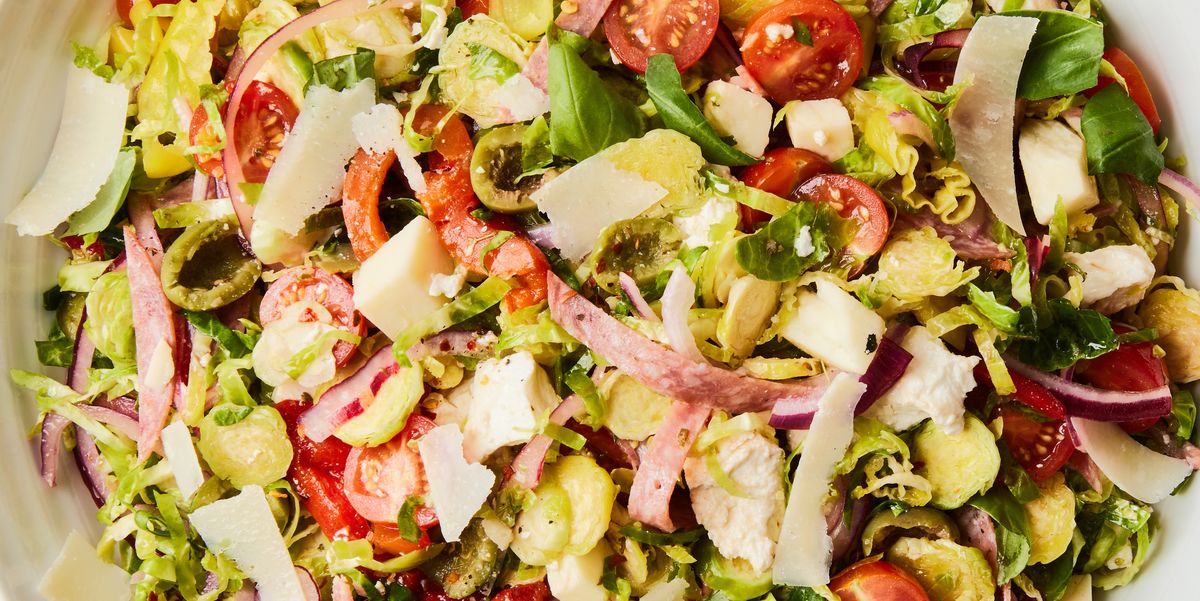


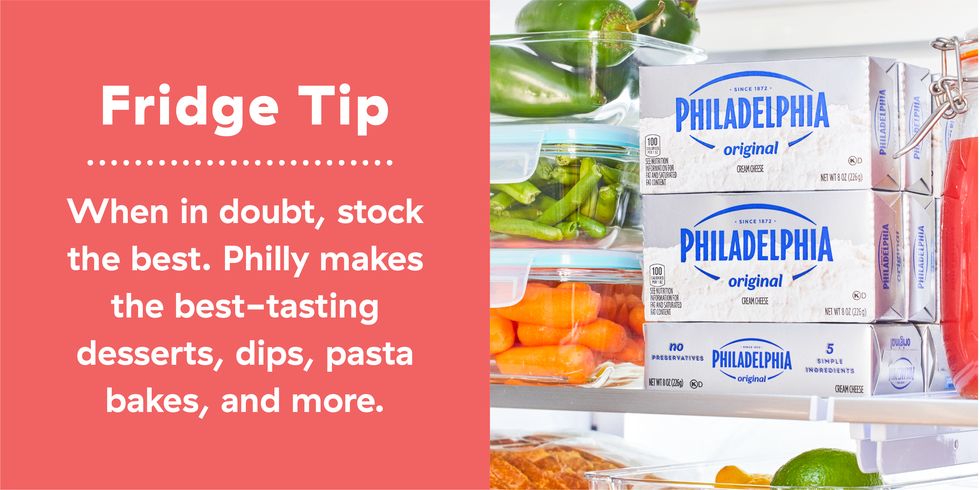
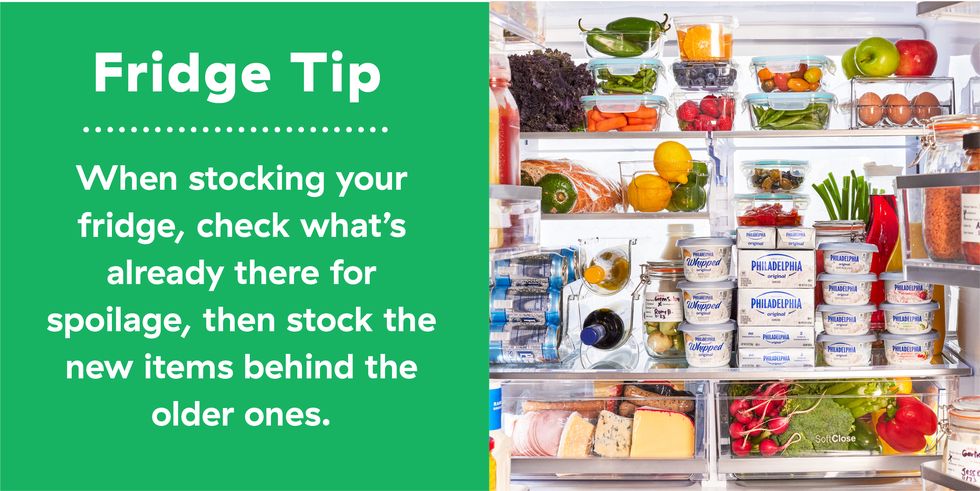
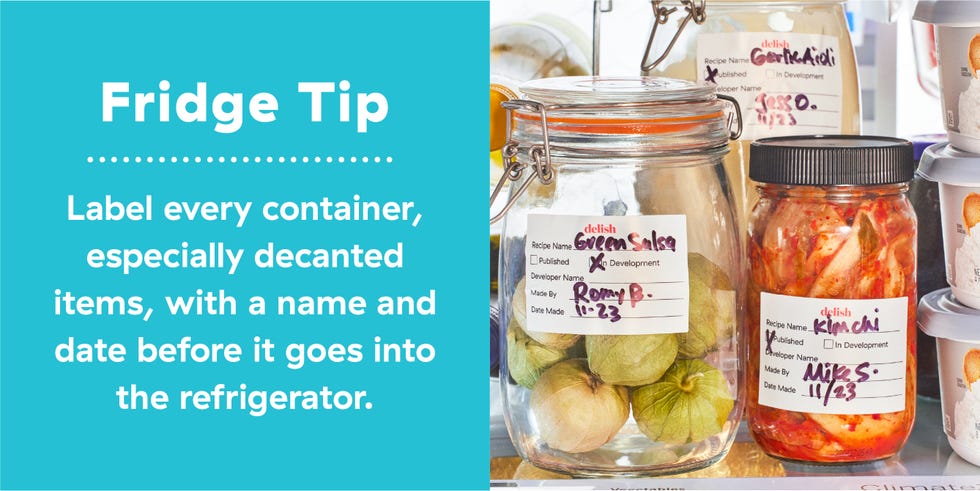
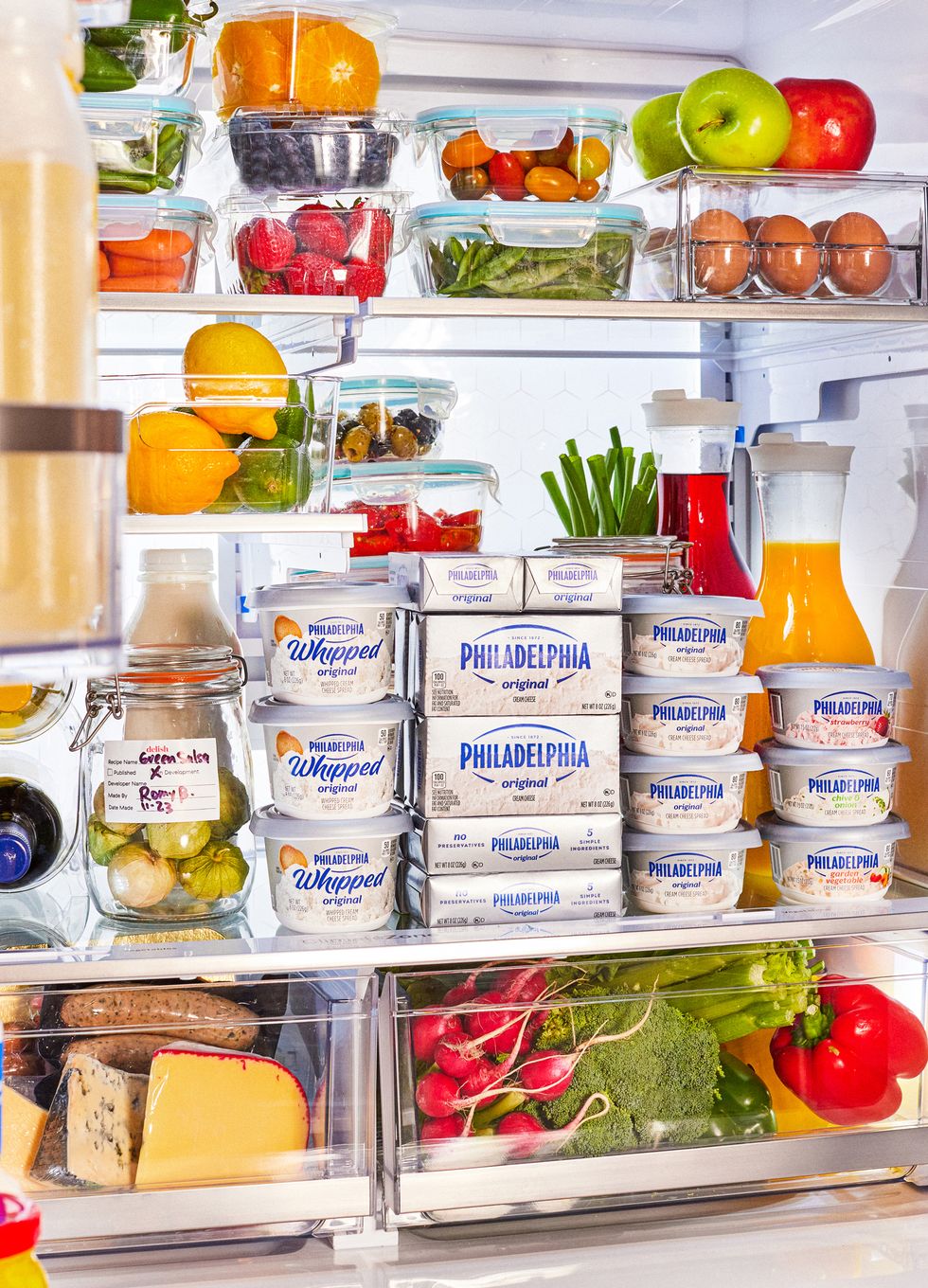
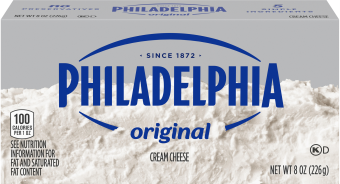







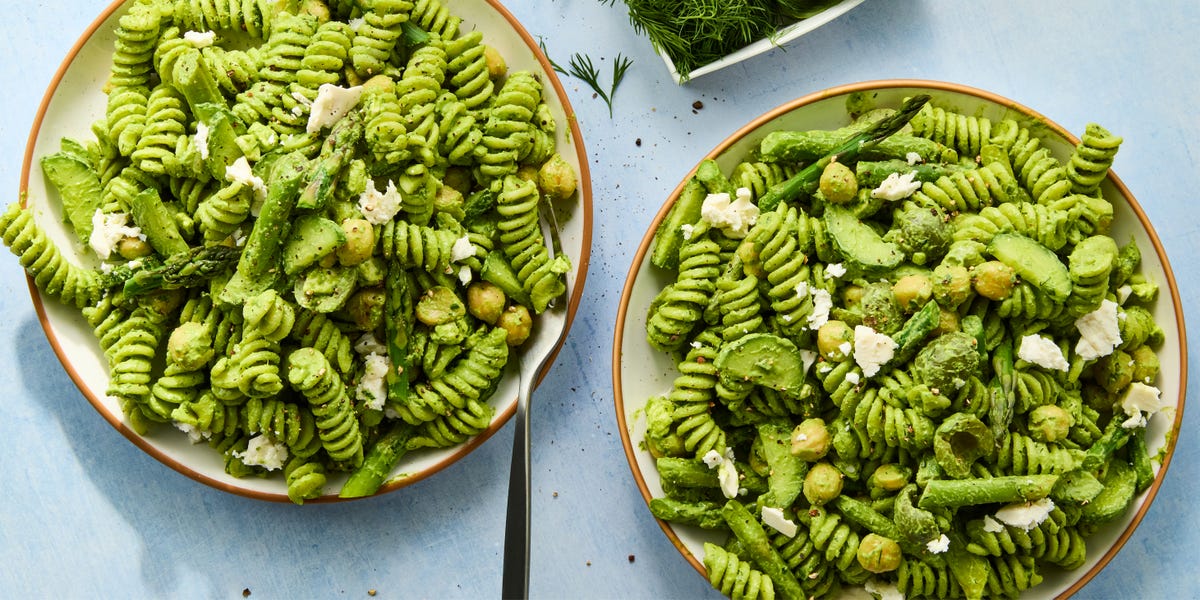

Leave a Reply